Grease Manufacturing Equipment And Process | JCT Machinery
 Oct 10,2024
Oct 10,2024

 JCT
JCT
Grease Manufacturing Equipment: Double Planetary Mixer
1. Efficient Mixing
Double planetary mixer uses a double planetary agitator, which can perform multi-dimensional mixing in the container. This mixing method ensures that all kinds of raw materials can be fully mixed, thereby improving the mixing uniformity.
2. Strong Shear Force
The unique mixing structure of double planetary mixer provides a strong shear force, so that high-viscosity grease raw materials can be quickly and fully emulsified and thickened, improving production efficiency.
3. Effective Temperature Control
Double planetary mixer is usually equipped with heating and cooling systems to accurately control the temperature during the production process. This is very important for the chemical reaction and physical properties of grease, especially in the dissolution and reaction stage of the thickener.
4. Low Bubble Formation
Due to the mixing method and container design, double planetary mixer can effectively reduce the generation of bubbles during the mixing process, which helps to improve the quality of the grease and avoid bubbles in the finished product.
5. Strong Adaptability
Double planetary mixer can handle raw materials of various types and viscosities, and is suitable for the production of various types of greases to meet the needs of different customers.
6. Easy to Clean and Maintain
Double planetary mixer has a compact structure, reasonable design, and is easy to clean and maintain, ensuring the hygiene and efficiency of the production process.
7. Space Saving
Compared with other types of mixers, double planetary mixer occupies a relatively small production space, which can improve the overall layout efficiency of grease production line.
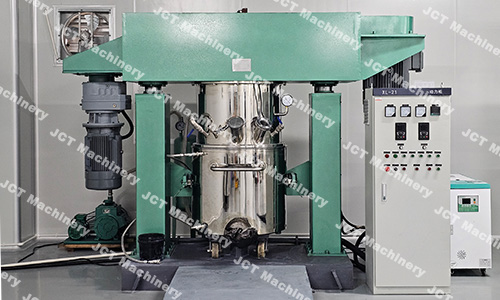
Grease Manufacturing Process
1. Mixing
First, heat the base oil to a certain temperature to improve fluidity, usually between 80℃ and 200℃. Then gradually add thickener to the base oil and mix thoroughly to evenly disperse the thickener in the base oil to form a preliminary grease slurry.
2. Emulsification
Use a high shear mixer (double planetary mixer) or emulsifier for emulsification to ensure that the thickener and base oil are fully combined to form a uniform emulsion.
3. Vulcanization (if necessary)
The production of some greases may require heat treat,emt at a specific temperature to promote cross-linking of the thickener and enhance the stability and performance of grease.
4. Cooling and Degassing
Cool the mixture to room temperature to control the fianl viscosity and consistency of grease. During the cooling process, remove bubbles in the mixture by vacuum degassing or other methods to improve the quality of the grease.
5. Quality Inspection
Grease is tested for a series of physical and chemical properties, including consistency, dropping point, acid value, viscosity, etc., to ensure that it meets the product standards. Ensure that the color, smell and uniformity of grease meet the requirements.
6. Packaging
Package the qualified grease. Common packaging methods include barrels, cans or paste tubes.


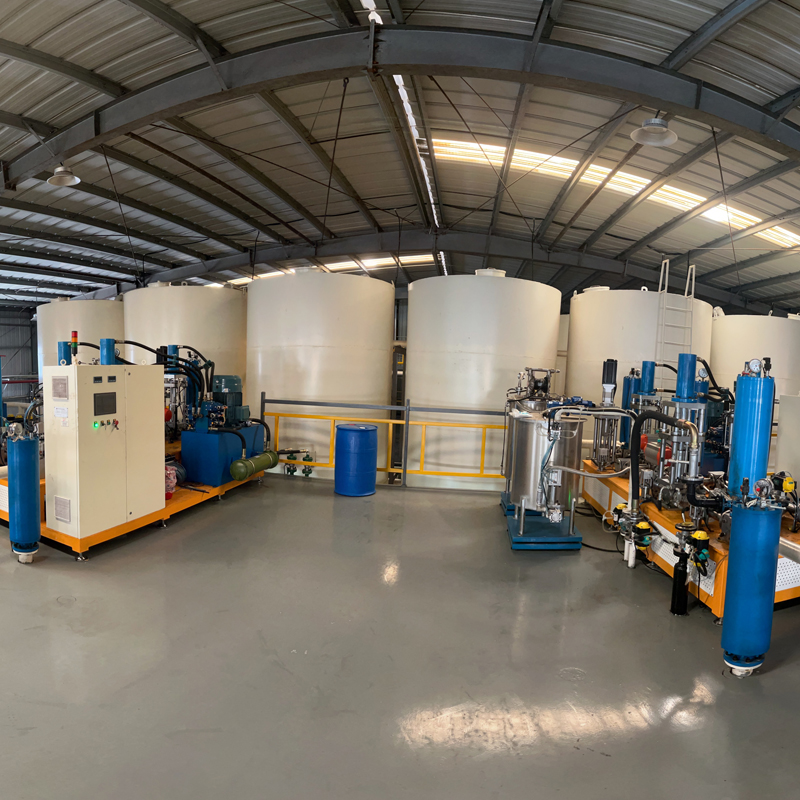
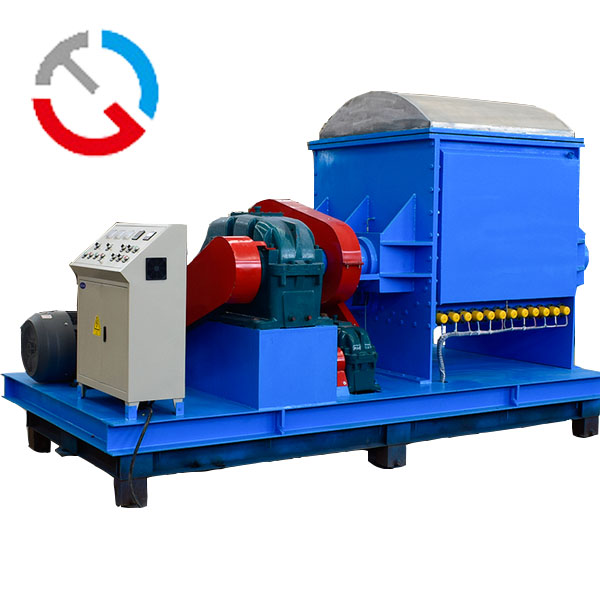
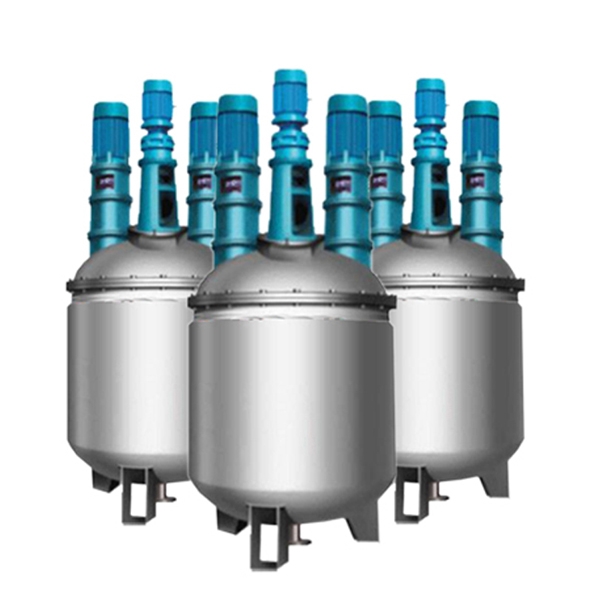
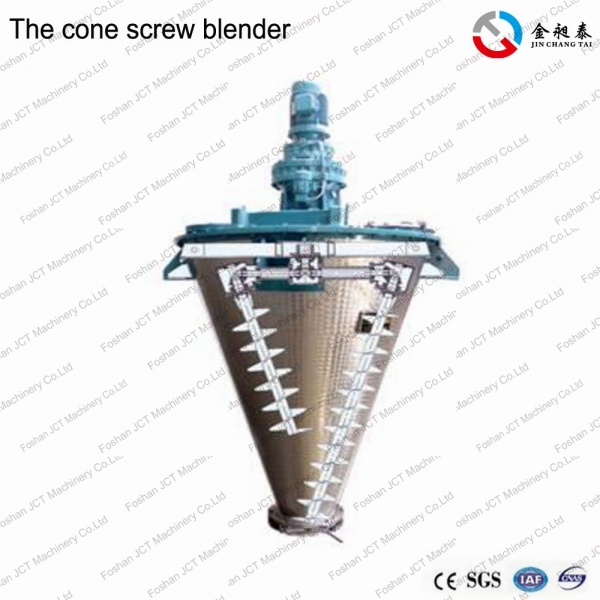


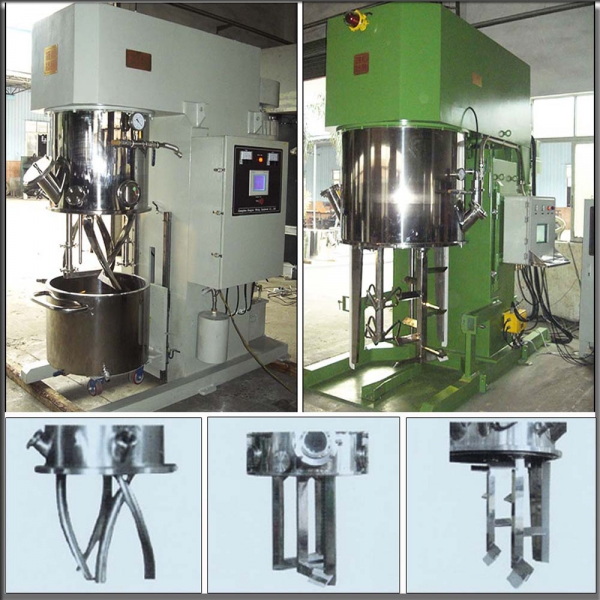





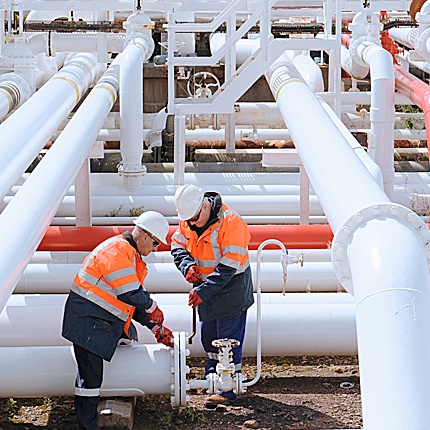

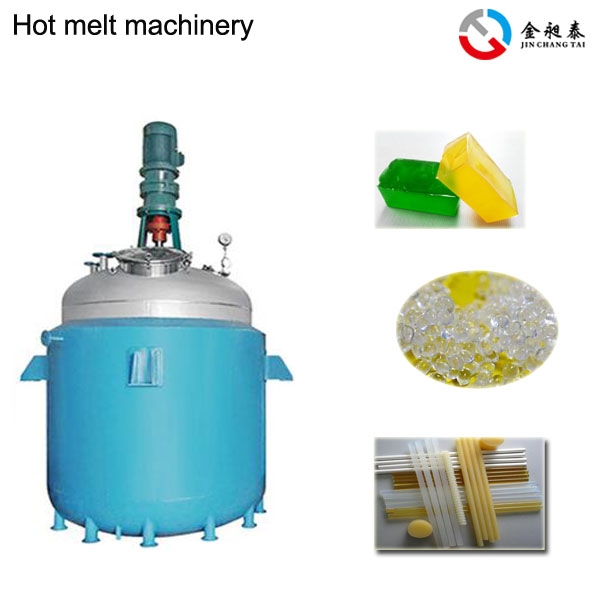
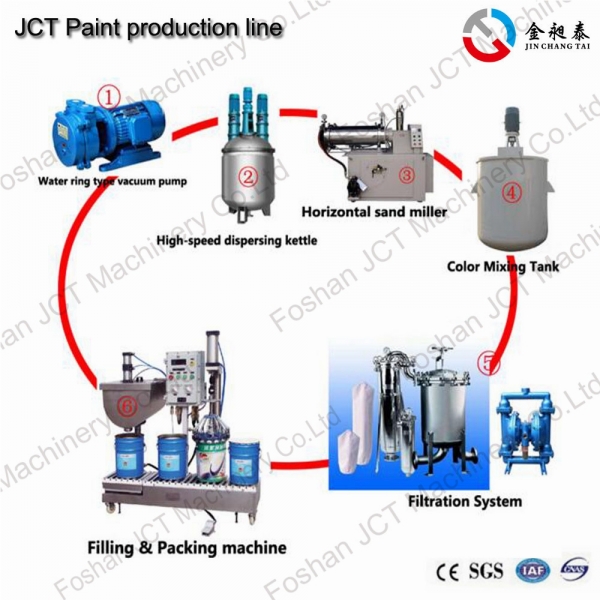
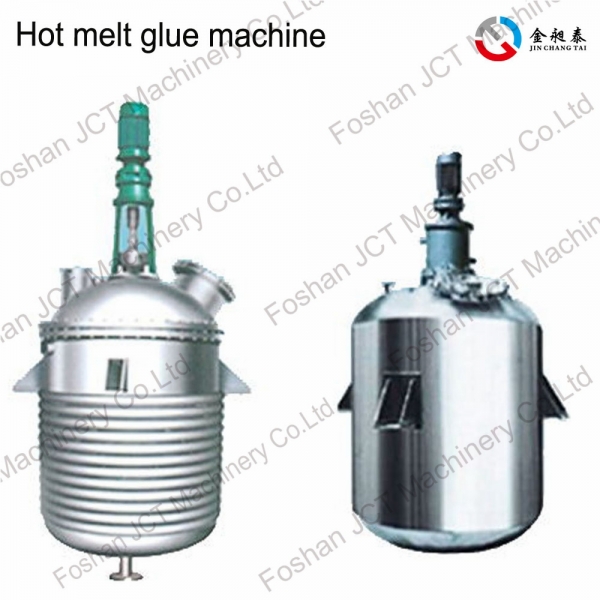
 CN
CN
 HOME
HOME Production Process Of Salad Dressing | JCT Machinery
Production Process Of Salad Dressing | JCT Machinery  You May Also Like
You May Also Like
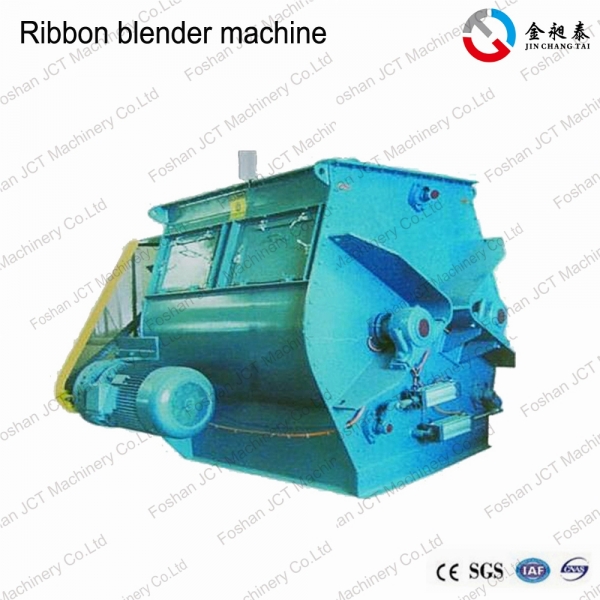

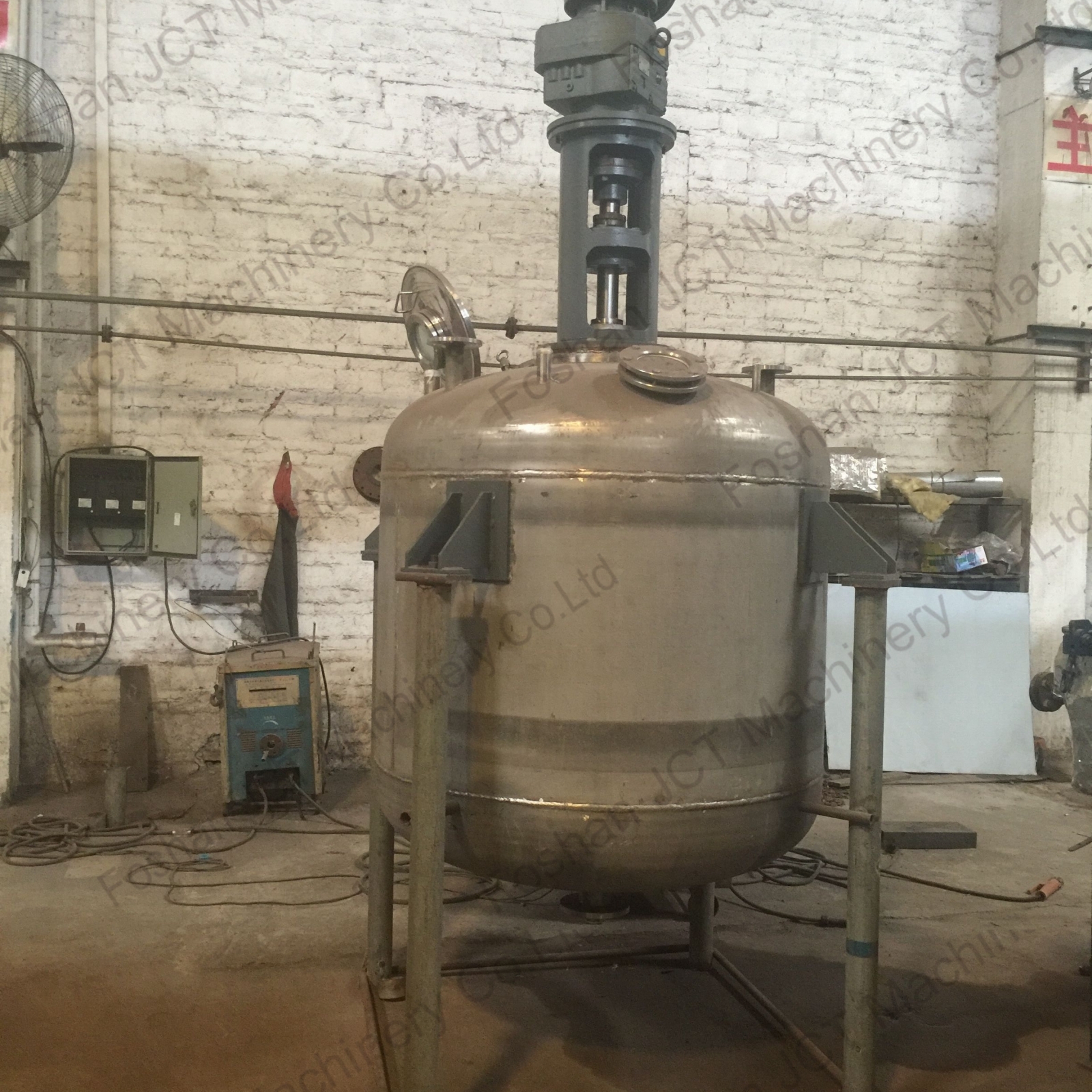
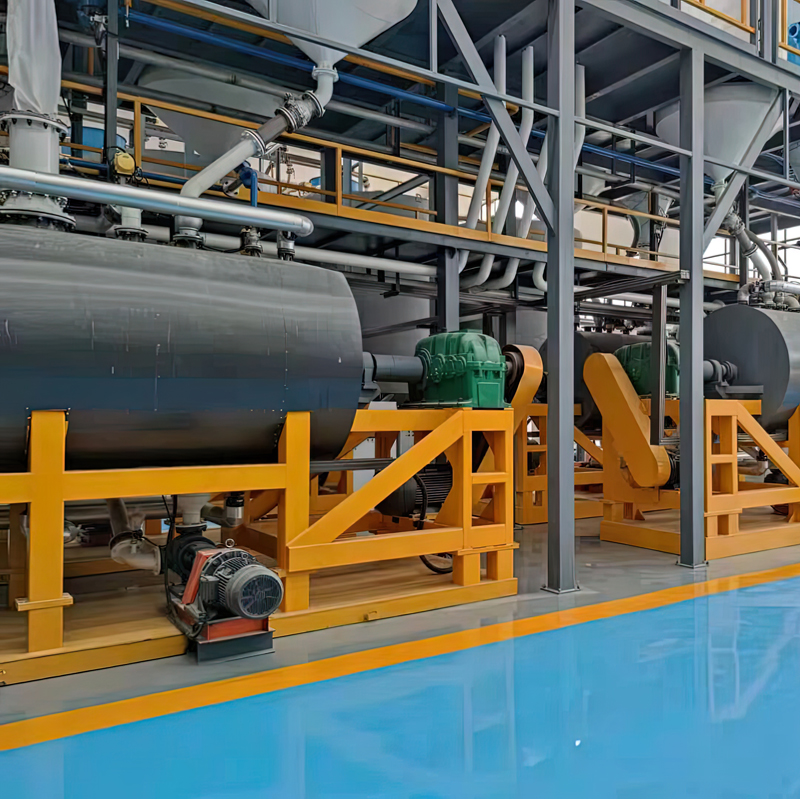
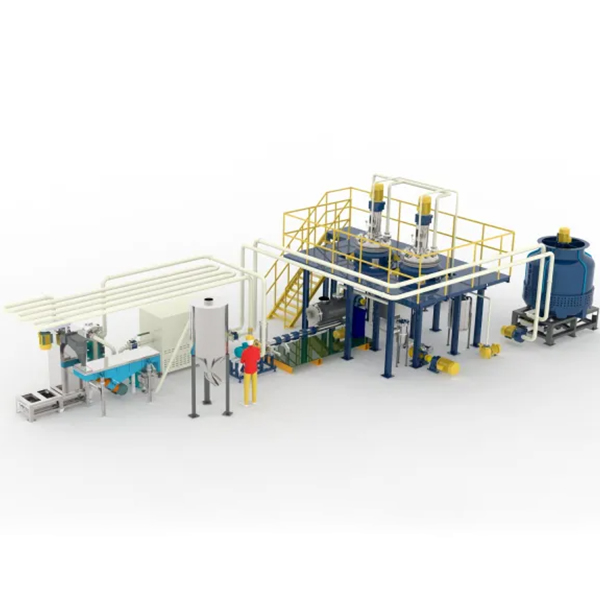

 Tel
Tel
 Email
Email
 Address
Address










